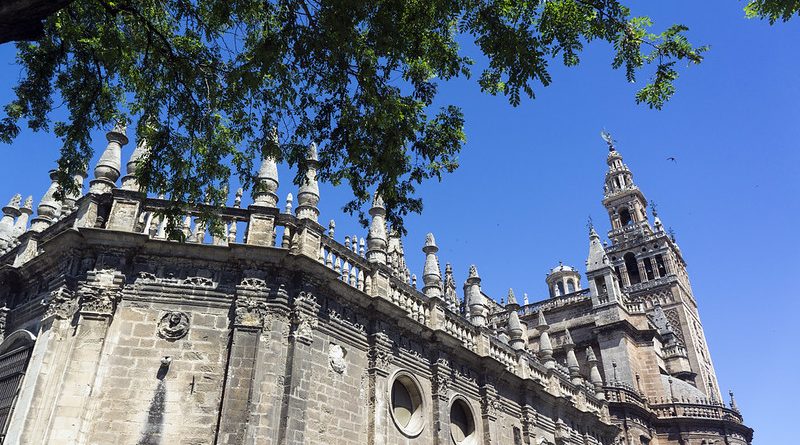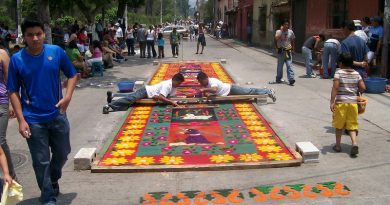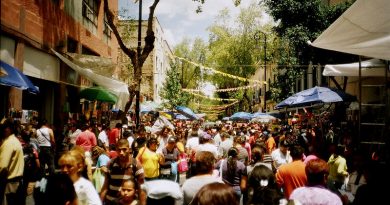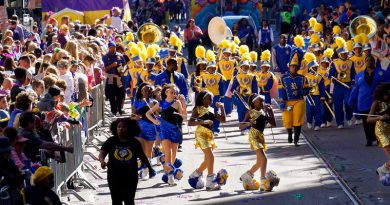Seville and Granada Guide
Both Granada and Seville are located in Andalusia in southern Spain. Seville is the capital and the largest city of the region, situated on the banks of the Guadalquivir River. Granada, east of Seville, is best known for the incredible Alhambra palace, the most visited attraction in Spain and a celebrated landmark of the world.
Both cities are of immense historic importance in southern Spain. Seville has legendary beginnings, some saying it was founded by Hercules even before the Romans established themselves in the area and built fortifications around the city they called Hispalis. The city was of great commercial and economic importance in the Roman Empire and continued to be an important center for commerce, culture, learning, and magnificent architecture throughout the centuries as it changed hands between various successors.
Today Seville is again one of Spain’s eminent cities. In spring scents of jasmine and orange blossom waft through the air and patios are decorated beautifully with brilliant flowers and blossoming vines. Rhythms of everyday life pulse amidst a unique setting of ancient buildings, UNESCO world heritage sites, lively tapas bars, quaint neighborhoods, and one of the largest old towns in all of Europe.
Granada, east of Seville, is much smaller in size though its attractions are equally impressive. Granada is a popular tourist destination for visitors seeking the magnificence of the Alhambra palace and its adjacent complexes.
In addition to the splendors of the Alhambra visitors will discover the living art of flamenco, many tapas bars, an intriguing mix of heritage and diversity both old and new, and uniqueness well exemplified in the distinctive neighborhoods of Albayzín and Sacromonte. Like Seville, Granada has a rich Moorish heritage.
People
Seville – Sevillanos (people of Seville) are vibrant, friendly, and social people. Culture and learning have always been important in Seville, and the educational legacy continues today. Seville has a large student population and three universities.
Sevillian music traditions come to life most brilliantly during the Feria de Abril (April Festival), when a week long party plays out to the tunes of sevillanas (folk songs) accompanied by abundant wine and endless dancing. During the festival locals parade through the town on horseback, men in their fine suits, and women beautifully adorned in flamenco style dresses and silk shawls.
Granada – The people of Granada represent many cultures and ethnicities. The city has a large student population, as well as many people from North Africa, and a large Roma community. The neighborhoods of Albayzín (Granada’s old Moorish quarter) and Sacromonte are especially interesting for experiencing the character of Granada and its people. Flamenco is everywhere in Granada, and is inseparable from the city’s identity.
Food
Going out for tapas is the evening tradition in Seville, with many bars offering small plates of food along with drinks. Some people make a meal of this, going from bar to bar eating and drinking for several hours. For others, dinner is usually eaten late. Tapas variations are endless, but can include seafood dishes, grilled or stewed meats, regional cheeses, Iberico ham, and gazpacho (an Andalusian specialty).
Serranito, a hot sandwich with grilled meat, peppers, and other ingredients, is a popular local street food or festival food. For sweets, try pestiños (strips of fried dough, soaked in honey syrup or dusted with sugar) and magdalenas (small sweet cakes). After a long night out (Sevillanos do like to party), a good way to end the night is an early morning snack of churros with rich chocolate (chocolate con churros).
In Granada the tapas scene is elevated by the city-wide custom of offering a free small plate (tapa) with each drink you order (and pay for). Granada is one of the only cities in Spain to carry on this custom. Some popular tapas in Granada include habas con jamon (fava beans with serrano ham), calamares fritos (fried squid), fried potatoes with pepper and onions, paella (rice with mixed seafood or vegetables), queso curado (cured cheese), patatas bravas (fried potatoes with tomatoes and pepper), gambas al pil-pil (shrimp sautéed with olive oil and garlic), and omelets with potatoes. Other tapas include fried vegetables, seafood, potato croquettes, olives, and paninis. Options are truly endless – as are, it seems, the number of tapas bars to choose from.
Besides the usual glass of wine, juice, or mineral water, other popular drinks include “tinto de verano” (red wine and lemonade), and local beer such as Cerveza Alhambra from a Granada brewery.
Visitors can enjoy sweet Moroccan tea in one of many teterías (tea houses), especially in the Albayzín area. Some of these cafes also offer delicious pastries, juices, and refreshing smoothies.
Population
Seville: Approximately 700,000 (Metropolitan pop approx. 1.5 million)
Granada: Approximately 250,000
Currency
Euro
Language
Spanish
When to Go
The climate in Seville and Granada is Mediterranean, with warm to very hot summers and mild, sometimes rainy winters. Seville regularly experience’s some of Spain’s highest temperatures in the summer.
Semana Santa and the Feria de Abril festival (both in April) draw huge crowds to Seville. Both festivals are well worth the experience, but if you prefer a quieter visit, avoid this month. Prices will also be much higher during this brief high season before the summer sets in. If not attending one of the lively festivals (a flamenco festival is also held every two years in September), May-June is a nice time to visit, when the weather is warm and pleasant, and the busy July-August crowds have yet to arrive.
Temperatures in Granada are generally a bit milder than in Seville, and visitors can even go skiing or trekking in the nearby Sierra Nevada Mountains. Spring and autumn are good times to visit, before or after the summer peak in July and August.
Dress
Weather in the winter can be somewhat cold in Granada, and warm layers are recommended. It is possible to ski in the nearby Sierra Nevada Mountains if you are visiting Granada in the winter. It sometimes rains in both cities during the winter months, so be prepared. Summer in Seville is notoriously hot, so bring plenty of sun protection and appropriate clothes.
Granada is also hot in the summer. You’ll likely be doing a lot of walking in and around both Seville and Granada, so comfortable clothes are recommended. A night out is highly suggested, so you may want to bring clothes suitable for a flamenco show, a nightclub, a theater performance, or simply a long night of tapear (going out for tapas).
During the colorful Feria de Abril celebrations in Seville women parade the streets and casetas (tents) in beautiful polka dotted flamenco style dresses and fringed silk shawls, while men wear suits or the traditional traje corto outfit.
Travel
Seville – Seville has a bus and metro system which serve the greater metropolitan area, as well as a small tram network with a few set stops around the city. Bicycles can be rented throughout the city, and cycling is an increasingly popular mode of transportation around/within the city. You can reach Seville directly by air. Seville is accessible by road from many major cities in Spain such as Cadiz, Cordoba, Madrid, and Granada.
Granada – Granada is accessible by plane (domestic – ie: from Barcelona or Madrid), as well as by bus, train, or car from most major Spanish cities. The closest international airport is in Málaga, which is only about an hour and a half away from Granada traveling by road (bus or car). There are frequent bus connections between Málaga and Granada, as well as a train connection (bus is usually faster). You can even take a taxi from Málaga to Granada, though it will be much more expensive. The train between Seville and Granada takes approximately 4 hours.
Health
Health services and facilities in Spain are good. The cities of Seville and Granada are relatively safe and healthy places to visit, though as with most large European cities crime does exist and tourists may be potentially targeted by pickpockets and scam artists. It is always wise to be aware of your surroundings in crowded spaces, at major tourist sites, and at transport hubs such as train and bus stations. Keep your valuables close to you (not in a back pocket, or left in the car).
Weather can be very hot in both Granada and Seville, especially in July and August, so it’s best to bring sun protection, and to stay hydrated and cool when exploring the cities and their environs.
Visas
Visa requirements are the same as elsewhere in Spain. Travelers from the US, Australia, Canada, Switzerland, Japan, Israel and New Zealand do not need a visa for a tourist visit of up to 90 days (a valid passport is required). Spain is a member of the Schengen Convention. If a visa is required, it is best to acquire it before arriving in Spain, from your home country.
Top 5 Sites
1. Alhambra (Granada)
2. The Albayzín (or Albaicín) (Granada)
3. Alcázar Palace (Seville)
4. Seville Cathedral and the Giralda (Seville)
5. Plaza de España (Seville)
Top 5 Things to Do
1. Take a tour of the magnificent Alhambra (Granada)
2. Visit the Sierra Nevada Mountains for skiing or hiking (Granada)
3. Explore the hill top neighborhood of Albayzín (a UNESCO world heritage site) (Granada)
4. Attend one of Seville’s spring festivals – the main ones being Semana Santa (Holy Week) and the colorful April Festival (Feria de Abril)
5. Explore the historic old town of Seville – one of the largest old towns in Europe, it is situated on the banks of the Guadalquivir River and is a designated UNESCO world heritage site (Seville)




